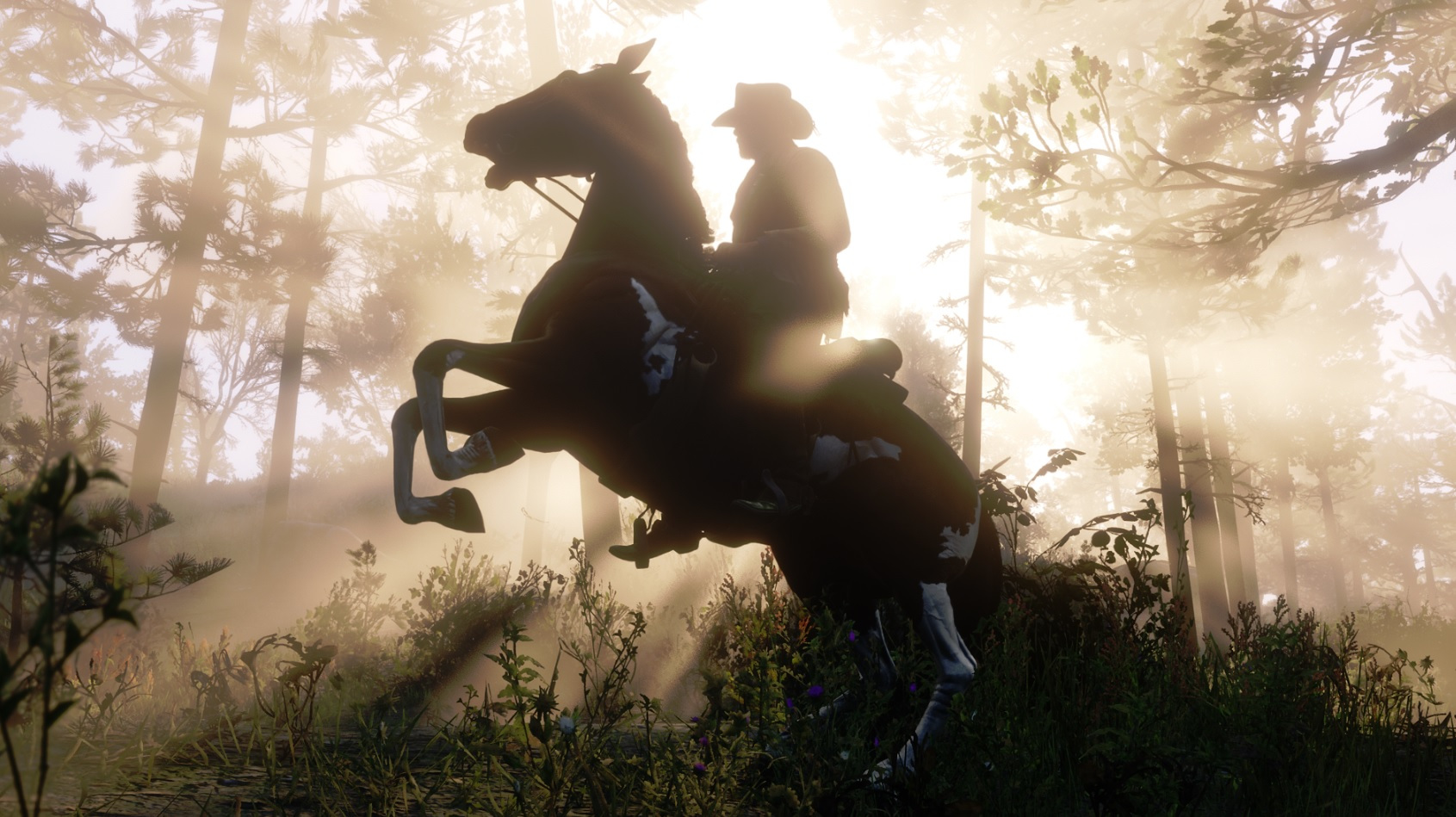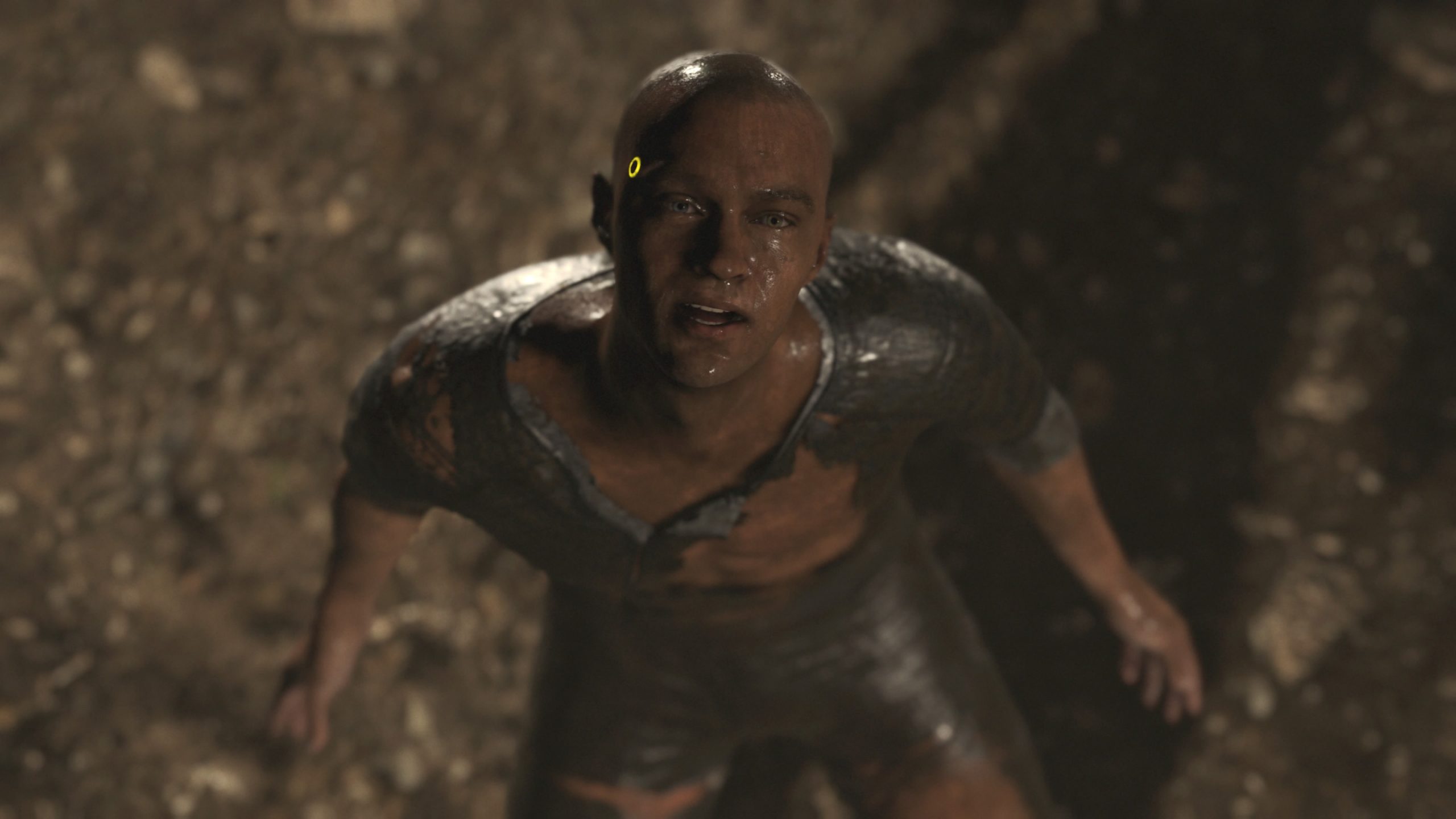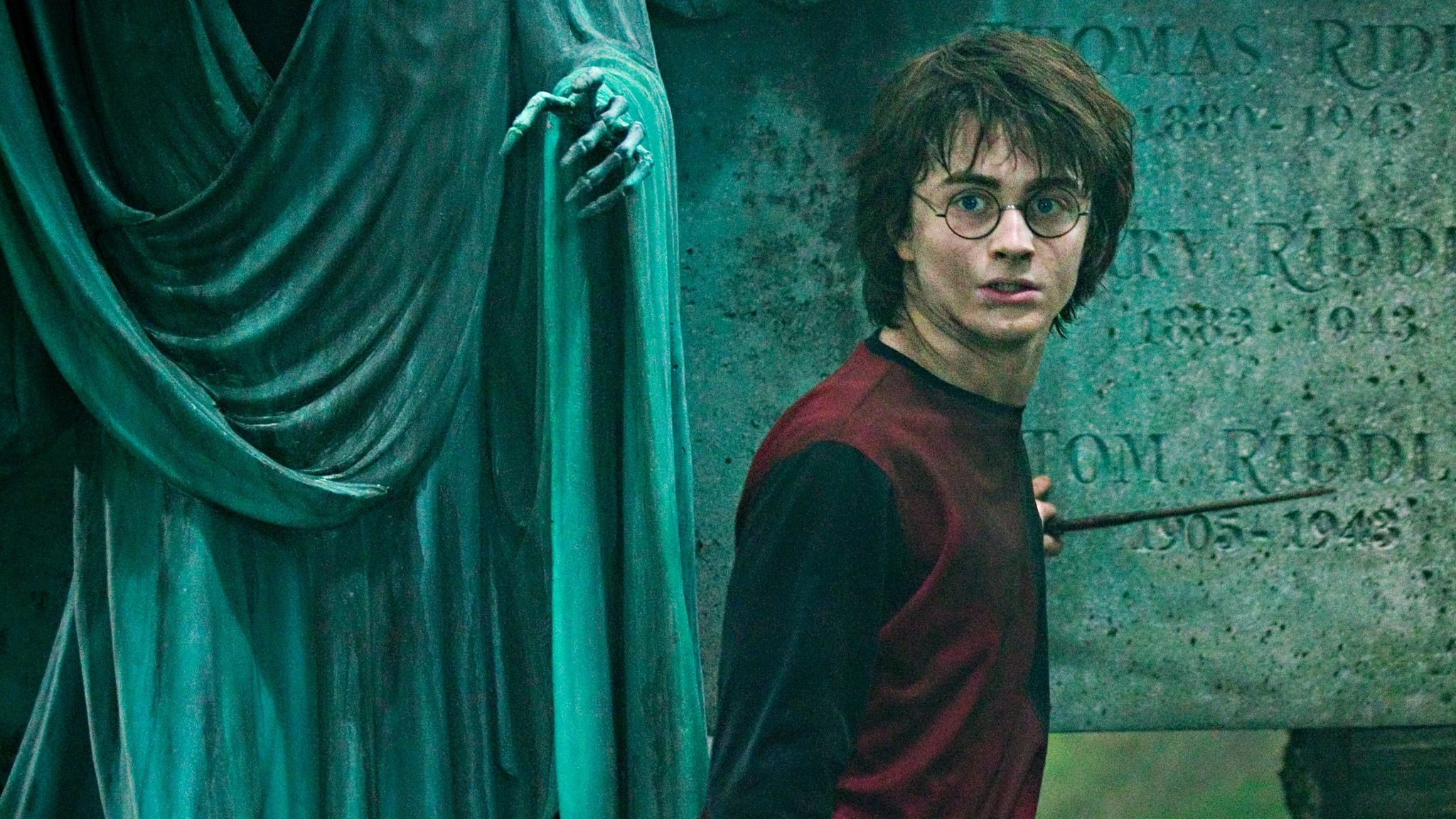Table of Contents Show
A midnight skyline view of London, a rack of old pool balls bursting apart, and two men striding down a dark city street. Those are the opening images of “Uncharted 3: Drake’s Deception.” As the music swells, Drake, the narrator, quotes T.E. Lawrence’s Lawrence of Arabia. “The dreamers of the day are dangerous men for they may act their dreams with open eyes to make it possible,” he says. “This I did” (( Naughty Dog. Uncharted 3: Drake’s Deception. Naughty Dog. PS3. 2011. )). Right now, in classrooms across the United States, 14-year-old students are learning about narrative storytelling in their curriculum (( “English Language Arts Standards ” Reading: Literature ” Grade 9-10.” English Language Arts Standards ” Reading: Literature ” Grade 9-10 | Common Core State Standards Initiative. Accessed December 19, 2020. http://www.corestandards.org/ELA-Literacy/RL/9-10/. )).

Teachers present them with stories like O’Henry’s “The Gift of the Magi,” (( Ekstrom, Peter, and O. Henry. O. Henry’s The Gift of the Magi. New York: S. French, 1984. )) Richard Connell’s “The Most Dangerous Game,” (( Lyall, Gavin. The Most Dangerous Game. London: Bloomsbury Reader, 2013. )) and Daphne du Maurier’s “The Birds” (( Du Maurier, Daphne, and Daphne Du Maurier. 2004. The birds and other stories. London: Virago. )). The old, familiar texts offer students strong examples of literary devices, interesting storylines, and vivid imagery — they are classics for a reason. All, however, were written before 1955. None take place even in the century the teenagers reading them were born, much less within their lifetimes. In fact, two out of the three short stories were written closer to the Civil War than they were to the invention of Facebook. And for 14 and 15-year-olds, Facebook is obsolete.
None of that is to say that the classics shouldn’t be included in the curriculum. Even “Uncharted 3: Drake’s Deception” begins with a quote from Lawrence of Arabia. But mixing the vintage with the modern and incorporating more relevant stories to teach teenagers about storytelling would increase student interest and academic skill and deepen awareness of the modern world and social trends.
Playing With Stories
Most public junior highs or high schools teach ninth-grade students about narrative (( “English Language Arts Standards ” Reading: Literature ” Grade 9-10.” English Language Arts Standards ” Reading: Literature ” Grade 9-10 | Common Core State Standards Initiative. Accessed December 19, 2020. http://www.corestandards.org/ELA-Literacy/RL/9-10/. )). Often, the narrative unit is taught through a variety of short stories. It could be taught more effectively, however, if a video game supplemented the curriculum.
After all, video games are stories that people play — in some ways, stories that people live. Some developers, like Naughty Dog or Rockstar Games, are specifically known for their ability to weave plot, setting, and character together in a way that doesn’t just absorb readers for an hour or two but enthralls players for days or even weeks (( Wood, Austin. “Red Dead Redemption 2 Wins Best Narrative, Best Score, and More at The Game Awards 2018.” GamesRadar. GamesRadar+, December 7, 2018. https://www.gamesradar.com/red-dead-redemption-2-wins-best-narrative-best-score-and-more-at-the-game-awards-2018/. )) (( Staff, MCV. “Brilliant Naughty Dog Dominates GDC Awards.” MCV/DEVELOP. MCV/DEVELOP, March 12, 2010. https://www.mcvuk.com/development-news/brilliant-naughty-dog-dominates-gdc-awards/. )). Instead of only reading about conflict and foreshadowing in “The Most Dangerous Game,” students could experience them as they hide from the Pinkerton Detective Agency or watch the last cut scene of a seemingly peaceful ranch in “Red Dead Redemption II” (( Rockstar Games. Red Dead Redemption II. Rockstar Games. PS4. 2018. )).

Additionally, video games provide education about literary devices such as irony and metaphor, but they also introduce students to consequence and reward-based decision making. In Homer’s The Odyssey, a staple in most public school curriculums, Odysseus chooses not to listen to his men when they urge him to turn back and leave the island of the cyclops. (( Homer, A. T. Murray, and George E. Dimock. Odyssey. Cambridge, MA: Harvard University Press, 1919. )). As a result, half a dozen of his men are killed. Teachers could easily reinforce that message with a different medium, using games like “Heavy Rain” (( Quantic Dream. Heavy Rain. Sony Computer Entertainment. PS3. 2010. )) or “Detroit: Become Human” (( Quantic Dream. Detroit: Become Human. Sony Computer Entertainment. PS4. 2018. )).

The addition to the traditional lesson would deepen students’ literary understanding, but it would increase their cultural fluency. If a high schooler could analogize Odysseus from The Odyssey with Markus from “Detroit: Become Human,” they would be bridging millennia and oceans — their awareness of humanity’s shared condition would increase, and a classic text’s modern value would shift into clearer focus.
A Good Book Is (Not) Hard To Find
Teenagers, like everyone, invest in stories relevant to themselves and their lives. Those stories are certainly not limited to video games, and there are many young adult books and series that deserve to be taught alongside Orwell, Frost, and Faulkner. One core curriculum component is the hero’s journey: the steps an adventurer takes to overcome their obstacles, complete their mission, and travel home again. Homer’s epic poems or Geoffrey Chaucer’s The Canterbury Tales (( Strange, Joanna, and Geoffrey Chaucer. The Canterbury Tales. Harlow: Pearson Education, 2008. )) are often cited as examples for students.
But reading translated Ancient Greek or adapted Middle English generally does not deliver the vivid, diverse, relatable content that books like J.K. Rowling’s Harry Potter (( Rowling, J.K. Harry Potter. London: Bloosmbury, 2018. )) or Elizabeth Wein’s Code Name: Verity (( Wein, Elizabeth. Code Name Verity. Turtleback Books, 2013. )) provide. Students very well may be inspired by the pilgrims as they travel from London to Canterbury. But not when they have no context for the journey.

If the pilgrims’ trials detailed by Chaucer was compared side-by-side in the curriculum with something like Gary Paulsen’s tale of Tucket’s adventures across the American West (( Paulsen, Gary. Tucket’s Travels. N.Y.: Dell Pub., 2000. )) then perhaps it would become more familiar. Even Shakespeare could be supplemented with modern re-tellings or new interpretations. It is difficult to grasp subtle literary principles such as theme or tone when so much energy goes into simply understanding how the words string themselves into sentences. By introducing new books written in vernacular, teachers could bridge the gap and cut more quickly to true understanding and analysis.
Old Stories, New Lessons
Of course, this idea is not new. Organizations like #DistruptTexts promote diversity and inclusion by providing teachers with resources to shore up classic texts with newer, more varied voices to add perspective and depth to an academic canon and curriculum that could otherwise so easily be whitewashed (( “WHAT IS #DISRUPT TEXTS?” disrupttexts.org, August 5, 2018. https://disrupttexts.org/lets-get-to-work/. )). Teachers across the world have been finding inventive and ingenious ways to expand and adapt curriculum to the changing world. But there is still so much yet to be done.
In 1960, “The Most Dangerous Game” was taught in high schools around the country. It was still being taught in 1980, and 2000, and 2020 (( “Short Stories for Students.” Encyclopedia.com. 19 Dec. 2020. Encyclopedia.com. Encyclopedia.com, December 19, 2020. https://www.encyclopedia.com/education/news-wires-white-papers-and-books/most-dangerous-game. )). The question isn’t whether the same should be said in 2040, too. The question is whether academia is still finding ways to learn new things from old stories. Nathan Drake did it with Lawrence of Arabia. The American school curriculum can do it too.
